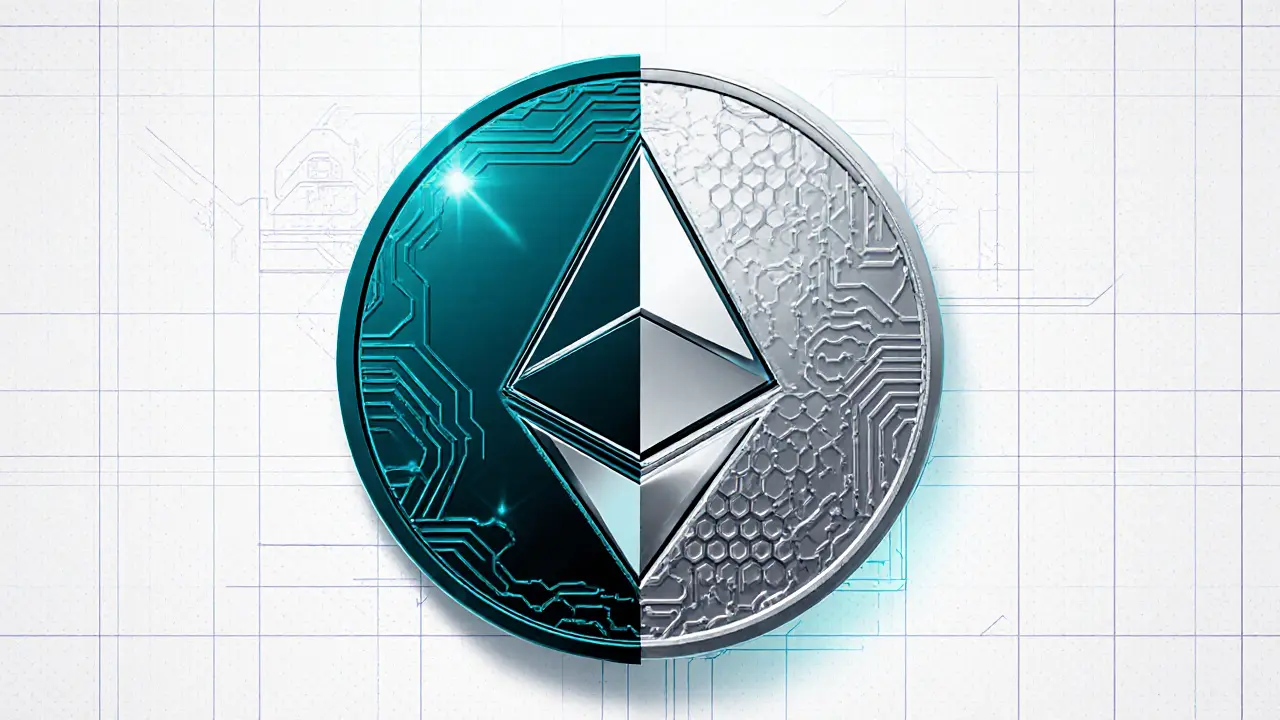Crypto Token
When working with crypto token, a digital asset that represents value, utility, or ownership on a blockchain. Also known as token, it powers decentralized apps, fuels staking rewards, and drives airdrop campaigns. In plain terms, a crypto token is any unit that lives on a smart‑contract platform like Ethereum, BSC, or Polygon. It isn’t a coin that runs its own network; instead, it leans on an existing blockchain for security and consensus. This distinction matters because it determines the tech stack you’ll need to interact with the token, from wallets to DeFi protocols. Throughout the list below you’ll see tokens that focus on everything from liquid staking (like FRXETH) to micro‑cap utility tokens (CROW) and meme projects (ASS). Understanding the basics of a token helps you spot why some gain traction fast while others fade.
Key Concepts Around Crypto Tokens
One of the first things to look at is airdrop, a distribution method where free tokens are given to eligible holders to boost community growth. Airdrops can jump‑start a token’s network effect, but they also bring scams if you don’t verify sources. The crypto token ecosystem relies heavily on these giveaways to attract early users, as seen in the WELL and SPAY airdrop guides. Another core pillar is staking, the process of locking tokens to support network security or earn protocol rewards. Staking transforms a passive holding into an income stream and directly ties token value to participation rates. Tokens like FRXETH and NEURON use staking to generate yields, while others embed staking into governance, letting holders vote on protocol upgrades. Finally, tokenomics—supply schedules, burn mechanisms, and utility—shape a token’s long‑term viability. For example, Verasity’s Proof‑of‑View model ties ad‑view data to token burns, creating a deflationary pressure that can boost price if usage grows. When tokenomics, staking incentives, and airdrop strategies align, the token can achieve sustainable growth.
Beyond those pillars, liquidity is the lifeblood that lets you move tokens without huge price swings. Many projects launch liquidity‑bootstrapping pools or partner with DEX aggregators to ensure traders can swap without slippage. Security also plays a role; token contracts should be audited to protect against bugs that could drain funds. As you scroll through the collection, you’ll notice each article breaks down these elements—whether it’s a deep dive into CROW’s AI‑driven trading assistant, a walkthrough of renBTC’s cross‑chain bridge, or a practical guide to using VPNs for safe trading in restricted regions. Armed with this overview, you’ll be ready to evaluate each token’s promise, risks, and real‑world use cases.

Giftedhands (GHD) Crypto Coin Explained - What It Is & How It Works
Giftedhands (GHD) is a dual‑chain crypto token for the GiftedHands Project's global shopping platform. Learn its supply, blockchain tech, market status, price outlook, risks, and how to acquire it.
